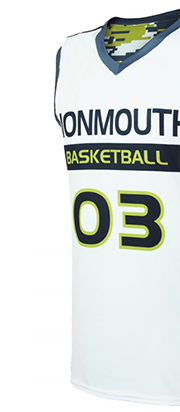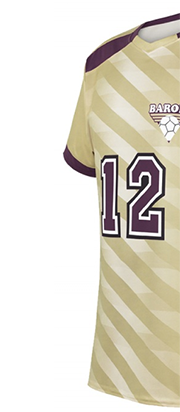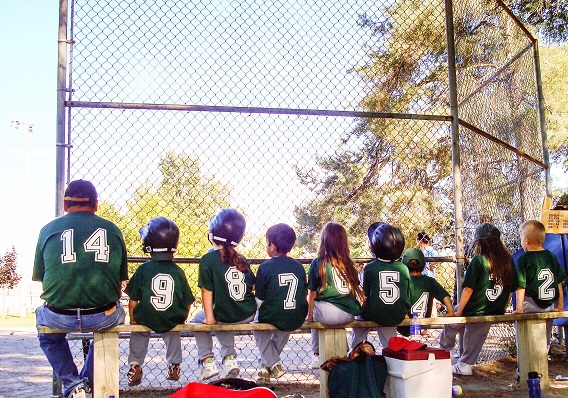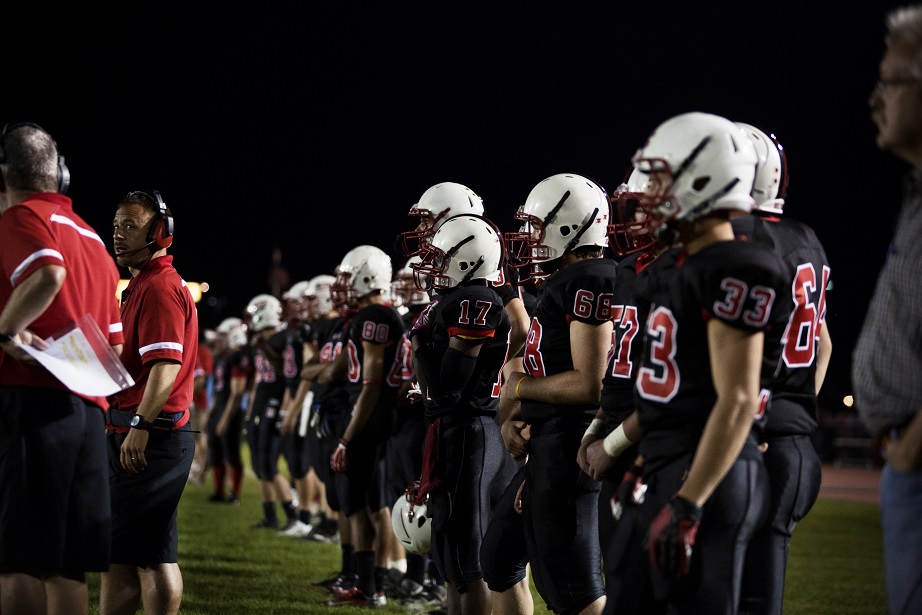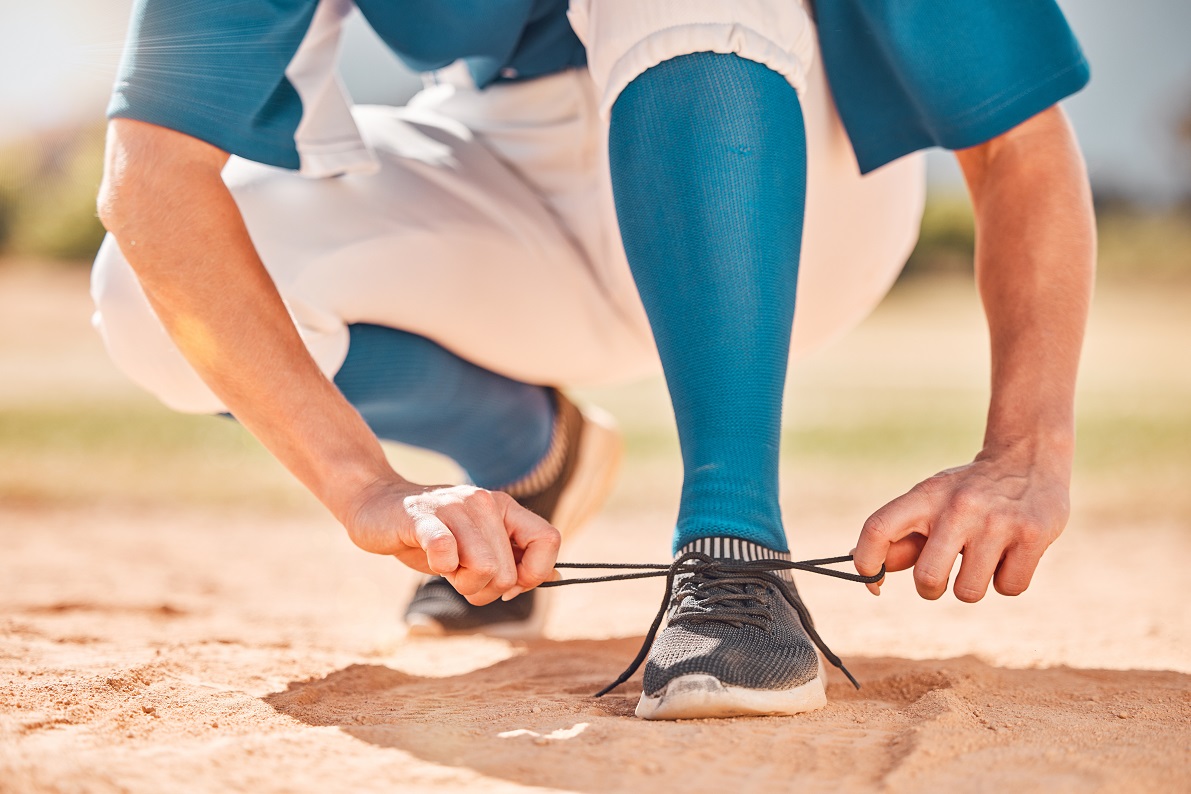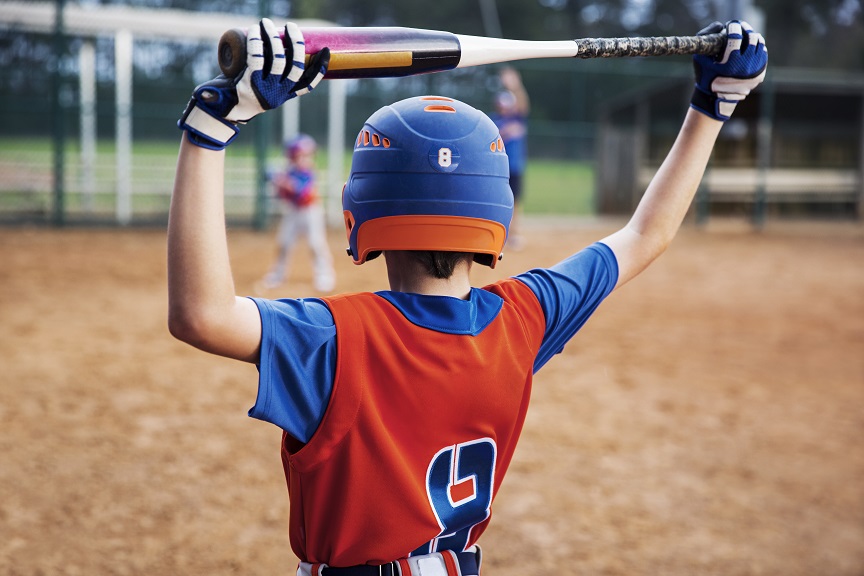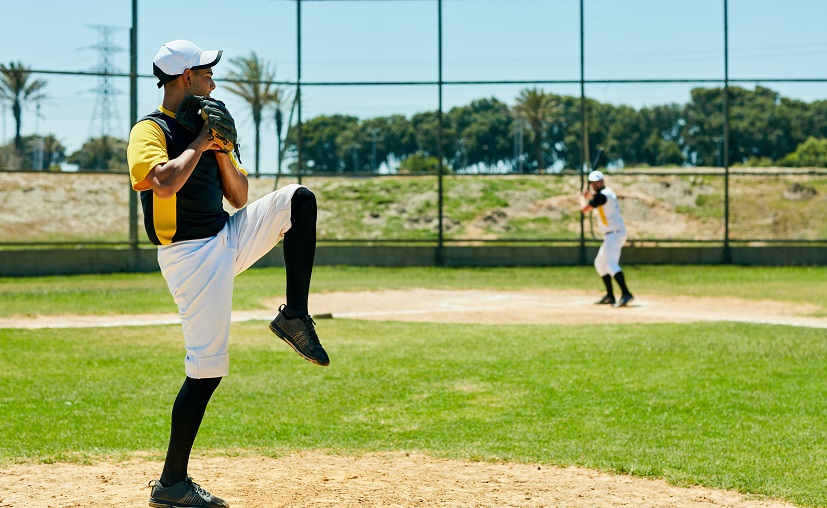Choosing the perfect youth baseball uniform can be a daunting task, akin to finding a needle in a haystack. It’s easy to get overwhelmed by all of the available options and colors. But with these seven tips, you’ll be able to find the right fit for your team in no time – like a glove!
Youth sports are an important part of growing up; they build character, foster teamwork, and teach valuable lessons. Having the right equipment is essential when it comes to success on the field. A good quality baseball uniform will not only make them look great but also give them confidence as they play their best game.
When it comes to selecting uniforms for your players, several things need to be taken into consideration. Whether you’re just starting or shopping around for replacements, these seven tips will help guide you through the process so that you can pick a uniform that fits both your budget and style requirements.
Determine Your Team’s Budget
Making sure your team has the right baseball uniform can be a daunting task. One example of this is when my son’s little league team needed to choose uniforms for their upcoming season. We quickly found out that there was much more to it than just deciding on a color scheme. First and foremost, you have to determine your budget.
Putting together an accurate budget requires knowing what items are necessary and how many players will need them. You should also factor in any potential additional costs such as customization or embroidery. Once you’ve done that, you’ll know exactly how much money you have available to spend on the uniforms themselves. This will help ensure that you get the best value for your money while still providing quality uniforms for your players. With all these things considered, it’s time to move on to choosing a quality material for your new youth baseball uniform.
Choose A Quality Uniform Material
Choosing the right material for a youth baseball uniform is an essential step in creating the perfect look. Quality materials are important to ensure that your team looks and feels great on the playing field. Here are some key points when considering which fabric is best for your uniforms:
• Durability – Look for fabrics that stand up to wear and tear from long practices and games.
• Comfort – Choose breathable, lightweight fabrics that won’t weigh players down or cause discomfort while they play.
• Easy to care for – Select fabrics that can be washed easily without losing their shape or color.
• Cost effective – Balance the quality of the fabric with how much you can afford within your team’s budget.
The perfect uniform will not only make your team stand out but also provide comfort and durability throughout the season. As you continue selecting components of the ideal outfit, consider customization options such as names, logos, colors, and designs that reflect your team spirit!
Consider Customization Options
When it comes to selecting the perfect youth baseball uniform, think of it like putting together a puzzle. Finding all the right pieces and matching them up is essential to create something that looks great on the field. Consider customization options as one of those important puzzle pieces when shopping for uniforms.
Customization can be anything from adding embroidery onto hats or jerseys, to having unique designs printed on t-shirts or shorts. Not only does this give your team a personalized look but it also helps build morale and pride amongst players who feel connected with their team’s style and identity. It’s also a great way to show off sponsorships to help offset costs associated with running an organized sports program. And if you don’t have any sponsors yet, customizing clothing with witty phrases or slogans can still make your team stand out from the rest.
No matter what design elements you choose for your youth baseball uniform, remember that making sure each piece fits properly is key for maximizing performance during games and practice sessions alike.
Conclusion
The perfect youth baseball uniform should be an investment in your team’s future. It should represent quality, comfort, and style that will last for years to come. As such, it’s important to take the time to research different options before making a purchase.
At the end of the day, choosing the right uniform is about finding a balance between aesthetics and practicality. You want something that looks good while also meeting your team’s budget requirements, providing adequate protection and flexibility on the field, and offering customization options if desired. With careful consideration of these factors, you can choose a uniform that not only looks great but provides long-term value as well.
Remember: When selecting uniforms for your youth baseball team, don’t settle for anything less than what you believe best represents who you are—your passion for the game and commitment to excellence!




